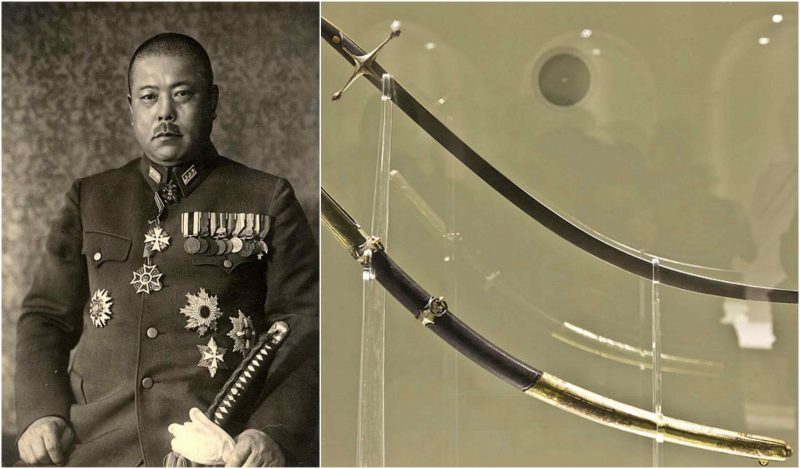These weapons were manufactured by the greatest sword makers of the time. Many historical manuscripts document events surrounding significant swords. The masters of those swords fought in the famous, historical battles. And while everything else vanished, these swords are still present to remind us of the world’s history. Here you can read more about five of the most famous, deadly swords, their history and the royal generals, kings, and emperors who owned them.
Tomoyuki Yamashita’s Sword
The Man
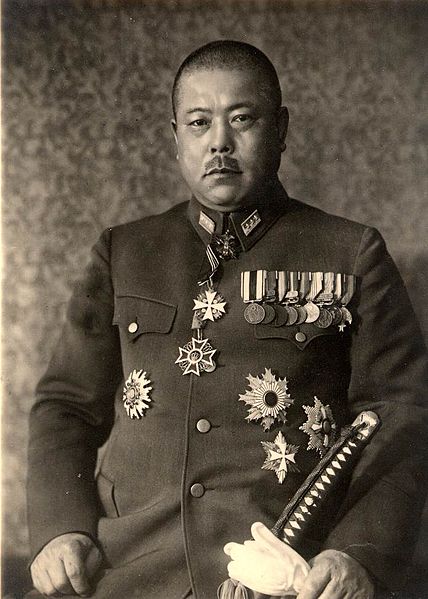
Tomoyuki Yamashita was an Imperial Japnese Army general during World War II. At the forefront of the invasion of Malaya and Singapore, his accomplishment of conquering Malaya and Singapore in 70 days led to the British Prime Minister, Winston Churchill, calling the ignominious fall of Singapore to the Japanese the “worst disaster” and “largest capitulation” in British military history. Yamashita was famous by the nickname “The Tiger of Malaya” among the British soldiers.
After the end of World War II, Yamashita was tried for war crimes relating to the Manila Massacre and many other atrocities in the Philippines and Singapore.
The case changed the United States rules in regards to command responsibility for war crimes, creating a law known as the Yamashita Standard.
And the Sword
During his military career, Tomoyuki Yamashita owned a personal sword that contained a blade manufactured by famous sword maker Fujiwara Kanenaga sometime between 1640 and 1680. When Tomoyuki was trialed for war crimes and executed, General Douglas MacArthur took the sword and gave it to the West Point Military Museum, where it has stayed to this day. The sword is one piece in a great collection of military arms housed at the West Point Museum.
Curved Saber of San Martin
The Man
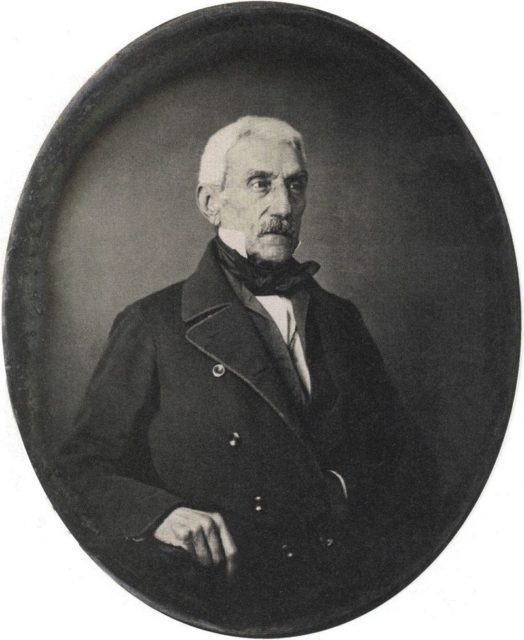
A famous Argentine General, Jose de San Martin, was the primary leader of southern part of South America’s struggle for independence from Spain. He studied and lived in Malaga, Spain from an early age. In 1808, after taking part in the Peninsular war against France, San Martín contacted South American supporters of independence from Spain. In 1812, he set sail for Buenos Aires and offered his services to the United Provinces of the Rio de la Plata. Under his leadership, Peru got independence on July 28, 1821, which made him “the first protector of Peru”. In the state of Argentina, the Order of the Liberator General San Martin is the highest decoration given out.
And the Sword
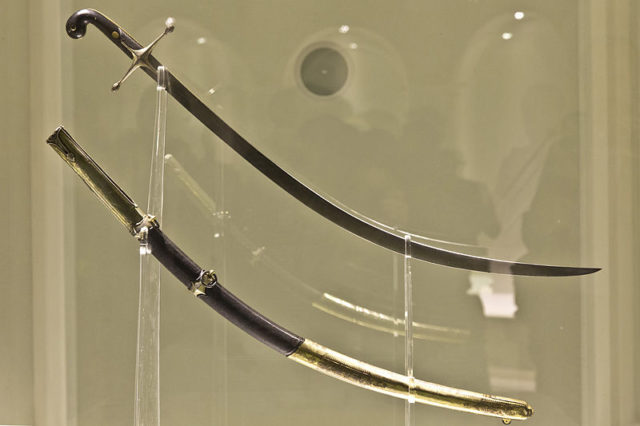
The curved saber of San Martín was acquired during his stay in London, shortly after he left Spain and before embarking for South America. Later, San Martin would arm his granaderos cavalry with similar weapons, which he deemed ideal for cavalry charges. The curved sword stayed with San Martín until his death and was then passed down to the General de la Republica Argentina, Don Juan Manuel de Rosas. Before their deaths, many people bequeathed the sword to someone else. Rosas passed the sword to his friend Juan Nepomuceno Terrero, and after his death to his wife and then their sons and daughter in order of age. In 1896 Adolfo Carranza, director of the National Historical Museum, requested the donation of the saber of San Martín and that’s the place where the sword remains till today.
The sword was stolen twice from the museum, once in 1963 and once in 1965, causing the museum operators to build a screened gazebo to protect the artifact.
Wallace Sword
The Man
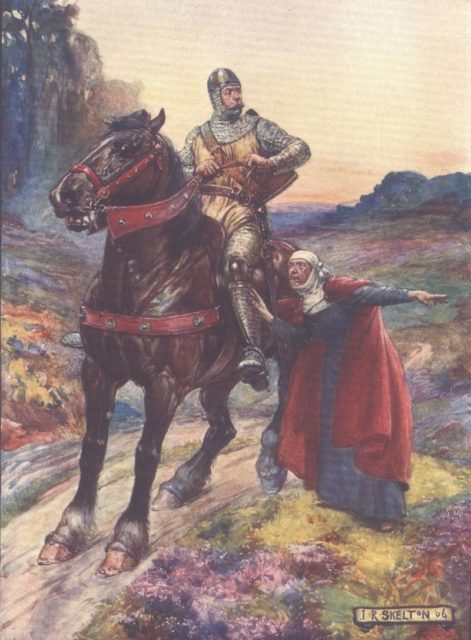
William Wallace led the Scottish rebellion against Edward I and inflicted a famous defeat on the English army at Stirling Bridge.
Anyone who was able to go from being an outlaw to commanding a large field army, from early summer to September in 1297 at the Battle of Stirling Bridge must have been a remarkable person, shrewd and able to adapt and learn quickly. During his lifetime, William Wallace was appointed the Guardian of Scotland. In 1305, he was captured by King Edward I of England and was executed for treason. Today William Wallace is remembered in Scotland as a patriot and national hero. His sword is one of the most famous in the world.
And his Sword
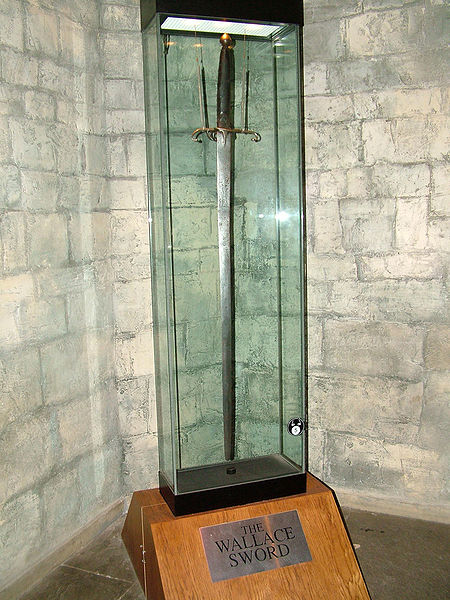
The Wallace Sword has pride of place on display in the National Wallace Monument in Stirling.
The sword is huge. It’s 1.63m long and weighs almost three kilos. It’s designed to be used two-handed. The sword is said to be the weapon that Wallace used at the Battle of Stirling Bridge in 1297 and the Battle of Falkirk in 1298.
It has been alleged that after William Wallace’s execution in 1305, John de Menteith, governor of Dumbarton Castle received the sword in August of that year. Two hundred years later, in 1505, accounts survive which state that at the command of King James IV of Scotland, the sum of 26 shillings was paid to an armourer for the “binding of Wallace’s sword with cords of silk” and providing it with “a new hilt and pommel” and also with a “new scabbard and a new belt”.
The William Wallace sword is located at the National Monument in Stirling, Scotland.
Tizona Sword
The Man
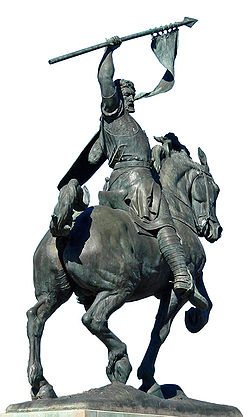
Rodrigo Díaz de Vivar, better known as El Cid, or simply Rodrigo, was a Castilian nobleman and military leader in medieval Spain. The Moors called him El Cid, which meant the Lord, and the Christians, El Campeador, which stood for Outstanding Warrior. He was born in Vivar, a town near the city of Burgos. After his death, he became Castile’s celebrated national hero and the protagonist of the most significant medieval Spanish epic poem, El Cantar de Mio Cid.
During his lifetime El Cid became a successful military leader and diplomat. He was named the chief general of the army of Alfonso VI and became a Spanish hero. El Cid was the king’s most valuable asset in the fight against the Moors. He was a skilled military strategist and strong swordsman.
And his Sword
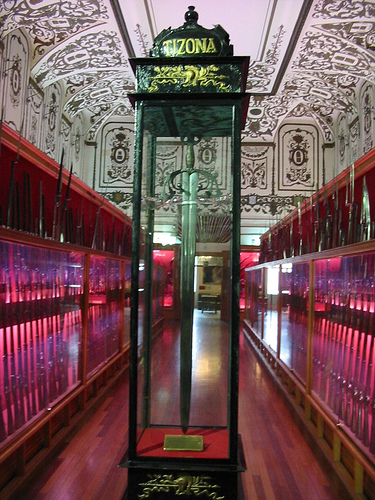
The Tizona, or Tizón, is one of the swords (together with La Colada) attributed to El Cid in Spanish literature. According to the Cantar de Mio Cid, El Cid won the sword from its previous owner, King Yucef in Valencia. Afterward, it was given by El Cid to his sons-in-law, the Infantes de Carrion but eventually returned into the possession of El Cid.
Tizona is 103 cm long and weighs 1.1 kg. It contains two separate inscriptions, with one listing a manufactory date of 1002 and the other quoting the Catholic prayer Ave Maria. Tizona is currently on display at the Museo de Burgos in Spain.
Napoleon’s Sword
The Man

Napoleon Bonaparte was a military general who became the first emperor of France. His drive for military expansion changed the world.
Napoleon’s great political skills soon led to a new constitution that created the position of the first consul, which amounted to nothing less than a dictatorship. Under the new guidelines, the first counsel was permitted to appoint ministers, generals, civil servants, magistrates and even members of the legislative assemblies. Napoleon would, of course, be the one who would fulfill the first consul’s duties, and in February 1800 the new constitution was easily accepted.
The decision to invade Russia marked the turning point in the fortune of Napoleon. In 1814, the Sixth Coalition invaded France and Napoleon was captured and exiled to the island of Elba. He would escape, but ultimately died in confinement on the island of Saint Helena. Historians regard Napoleon as a military genius and a man who made strong contributions to the operational art of war.
And his sword
On the battlefield, Napoleon carried a pistol and a sword. He owned a large collection of arms and artillery. His weapons were one of a kind and included the best materials.
In the summer of 2007, a gold-encrusted sword that once belonged to Napoleon was auctioned off in France for more than $6.4 million dollars. The sword was used by Napoleon in battle. In the early 1800s, Napoleon presented the weapon to his brother as a wedding gift. The sword was passed down from generation to generation, never leaving the Bonaparte family. In 1978, the sword was declared a national treasure in France and the winner of the auction was not identified.
